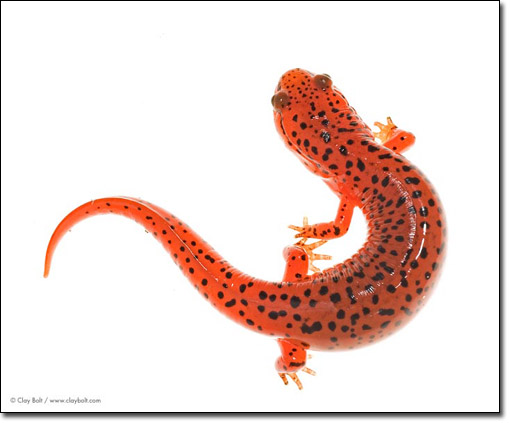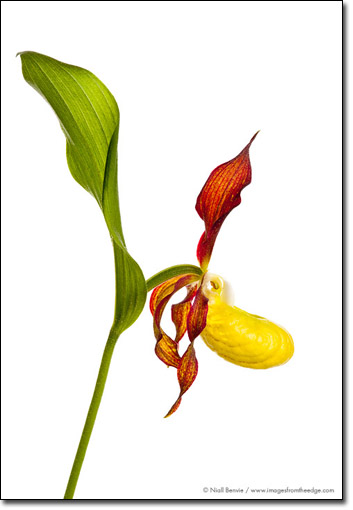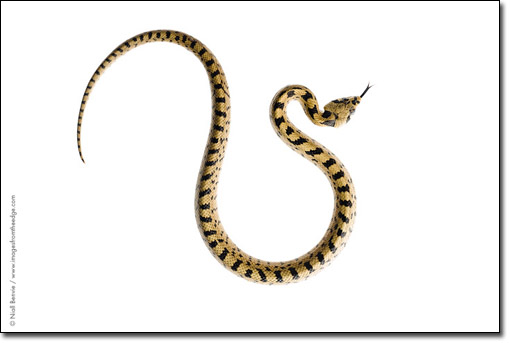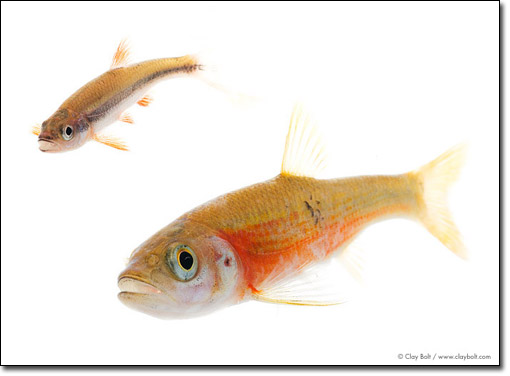Introducing Meet Your Neighbours: Focusing Close-to-Home for Conservation! |
Common neighbourhood plants and animals are usually overlooked and undervalued, yet they are most peopleís first, sometimes only, point of contact with wild nature. They matter for that reason if no other. They can make us feel better, let us see ourselves in perspective.
We want people to sit up and take notice of these wild neighbours by presenting them as celebrities: photographed in the white field studio, in exquisite detail under beautiful lighting. And we need photographers around the world to partner with us in this effort.

This project hinges on successful collaborations between photographers and their local conservation NGOs. We want to recruit photographers who already have good relations with the conservation community or who are able to use this project to build them. And we need the NGOs to put the work out there, in front of the public, in public spaces. You collaborate, identify the species to cover and create: they distribute.
So, to the hard bit: cash. There is no pot of gold, but there is money promised to the project already from the Royal Zoological Society of Scotland (RZSS) to get the ball rolling. Hereís what we propose:
MYN will initiate and support your negotiations with your nominated NGO to secure their funding for your work. Your responsibility is in the form of working with that NGO to ensure the best local dissemination of the work. That may include seeking grants from arts organisations, local authorities and companies to get the work out on the streets.

So why, apart from the fee from your sponsor and idealistic reasons, would you want to do this?
Well...
1) You will be a member of a coordinated international initiative backed by endorsing partners including the RZSS and the International League of Conservation Photographers. Projects get noticed in a way that individual photographers rarely do nowadays. And this project has a very distinctive look.
2) Your work will be used in a series of native-language e-books, one for each photographer, which will act as a great resource for your own outreach and promotion within your region. These will be produced in conjunction with the local NGO.
3) Photographers assume complete control of their work after three years, excepting that funding bodies will have ongoing use of it and may license that work to third parties with 50% of the royalties going to the photographer. Prior to that, MYN and the funders will have exclusive rights to the material you have created, although you may enter it in competitions, post it on your website and use it in AV shows.
4) Your work will be featured on the website, blog and in any printed books that come out of the project, as well as, of course, in local exhibitions and AV shows.

Look at MYN this way: itís a bit like a franchise in which you are funded to produce the work; the project takes a cut of that for a set period of time, but you can then use the brand in as many creative ways as you like, true to the projectís objectives.
Right, you may be thinking, ďI like the look of these pictures and Iím sure that my local NGO would be glad to commission me since they will have the use of them for years to come BUT, Iíve never used a field studio before.Ē No problem: as well as supplying the special Makrolon plastic you will need for the various sets, we will also provide a training DVD (currently being story-boarded) that explains in detail how to make the pictures. And equipment? Well, I use a pretty fancy Elinchrom Ranger Quadra flash set up for convenience but in fact you can do as I did at the start with some old manual flashguns. Youíll not be able to tell the difference in the pictures. The key thing is that we all produce technically identical pictures, but from all over the world. Many NGOís may be reluctant to fund photography when they think they can get it for free elsewhere. But they canít get this specialised work just anywhere and, importantly, they are buying into a much bigger, coordinated effort.
There is also another issue: there will be no problem getting photographers from Europe and North America to take part. But for this project to work well, we need contributors from all over the world: please feed this post into your networks.

So, what about it? Are you in? Please email us, clay@meetyourneighbours.org, with a brief bio., contact details of your partner NGO and letís see if we can make this work. It doesnít matter whether you are a professional or a recreational photographer: what counts is a belief in the project and relationship with an NGO who will help you to get the work out into the community. The deadline for the first round of applicants is 30th April 2010.
Comments on NPN nature photography articles? Send them to the editor. NPN members may also log in and leave their comments below.
Born in Scotland in 1964, Niall Benvie's passion for the natural world was fostered by his late father, Donald, at an early age. After working on the land for seven years running his family's fruit farm, Niall went on to study for an Honors Degree in Geography after the farm was sold. He has worked as a professional outdoor photographer and writer since graduation in 1993. Over the years, the focus of his work has shifted from stock to photographic stories. The core theme has often been the relationship between people and the land. He is a Founding Fellow of the International League of Conservation Photographers and a Founding Director of the Wild Wonders of Europe Project. For more images and information, visit his website at www.imagesfromtheedge.com.
Clay Bolt is an award-winning natural history and conservation photographer whose work has been featured by The Nature Conservancy, Outdoor Photographer Magazine, The Telegraph UK and Outdoor Photography among others. Clay has received awards for his images from the National Wildlife Federation and the CIWEM Environmental Photographer of the Year Competition. He is a member of the International League of Conservation Photographers. Please visit his website at www.claybolt.com for more information.